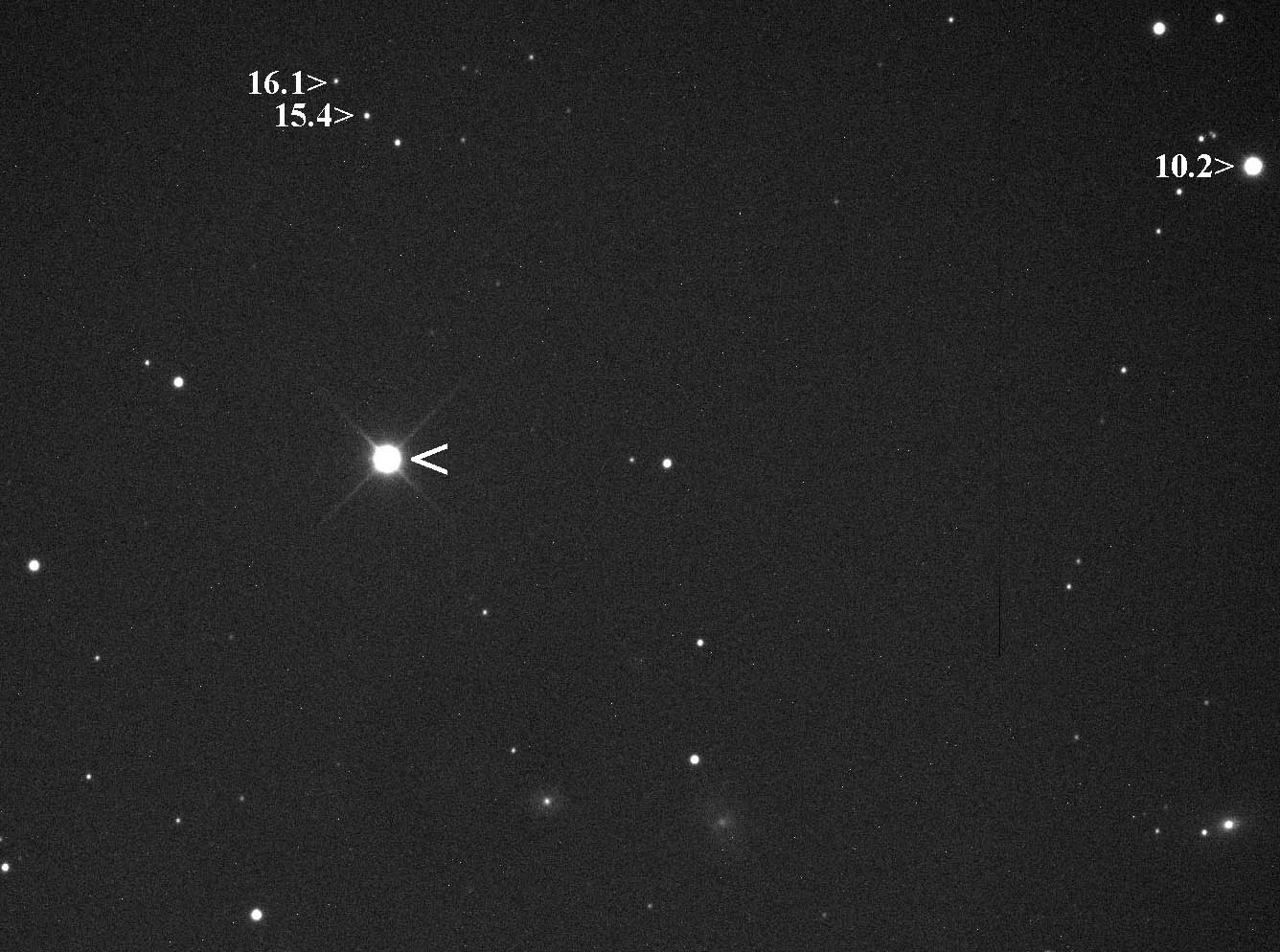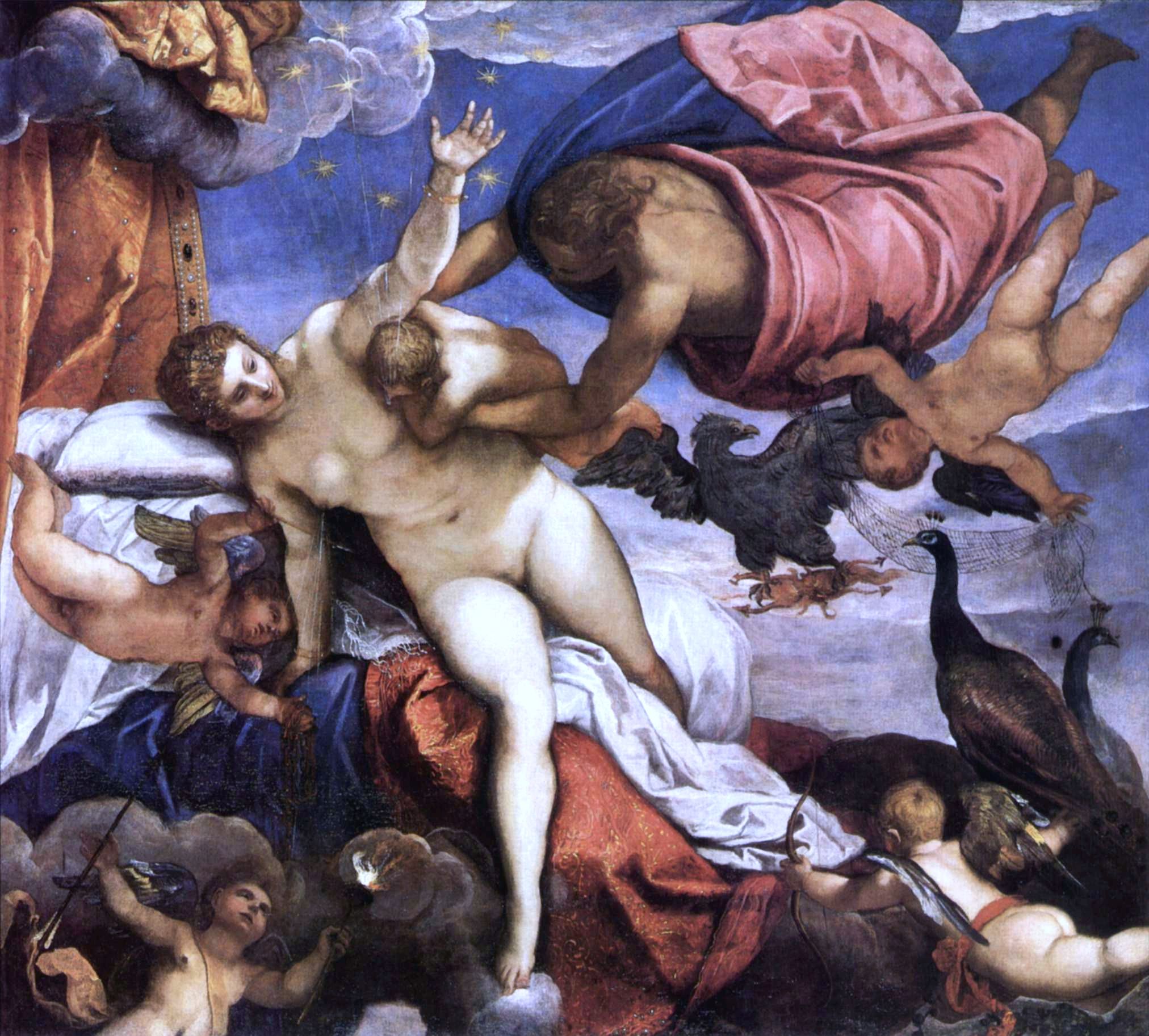|
Akihiko Tago
is a Japanese amateur astronomer. He co-discovered several comets, including C/1968 H1 (Tago-Honda-Yamamoto), C/1969 T1 (Tago-Sato-Kosaka), C/1987 B1 (Nishikawa-Takamizawa-Tago). At the Satsuki Observatory established in 1996, Tago has supported and encouraged amateur astronomers in Yanahara, Okayama. Asteroid 7830 Akihikotago was named to honor his dedication. He also discovered several novas, includinV1493 Aql (Nova Aquilae 1999)V2275 Cyg (Nova Cygni 2001 no. 2)V574 Pup (Nova Puppis 2004)V2467 Cyg (Nova Cygni 2007) anV459 Vul (Nova Vulpeculae 2007 no.2). In 2006 he was the first astronomer to discover a micro-lensing system outside the Magellanic Clouds and the bulge of our Milky Way. The star GSC 3656-1328 suddenly brightened by four magnitudes in two weeks time and returned to its normal brightness two weeks later. A red or a brown dwarf star passed exactly in front of GSC 3656-1328 and the gravity of the dwarf star directed more light to the observers on Earth. He lives ... [...More Info...] [...Related Items...] OR: [Wikipedia] [Google] [Baidu] |
Astronomer
An astronomer is a scientist in the field of astronomy who focuses their studies on a specific question or field outside the scope of Earth. They observe astronomical objects such as stars, planets, moons, comets and galaxies – in either observational (by analyzing the data) or theoretical astronomy. Examples of topics or fields astronomers study include planetary science, solar astronomy, the origin or evolution of stars, or the formation of galaxies. A related but distinct subject is physical cosmology, which studies the Universe as a whole. Types Astronomers usually fall under either of two main types: observational and theoretical. Observational astronomers make direct observations of celestial objects and analyze the data. In contrast, theoretical astronomers create and investigate models of things that cannot be observed. Because it takes millions to billions of years for a system of stars or a galaxy to complete a life cycle, astronomers must observe snapsh ... [...More Info...] [...Related Items...] OR: [Wikipedia] [Google] [Baidu] |
Comet
A comet is an icy, small Solar System body that, when passing close to the Sun, warms and begins to release gases, a process that is called outgassing. This produces a visible atmosphere or Coma (cometary), coma, and sometimes also a Comet tail, tail. These phenomena are due to the effects of solar radiation and the solar wind acting upon the nucleus of the comet. Comet nuclei range from a few hundred meters to tens of kilometers across and are composed of loose collections of ice, dust, and small rocky particles. The coma may be up to 15 times Earth's diameter, while the tail may stretch beyond one astronomical unit. If sufficiently bright, a comet may be seen from Earth without the aid of a telescope and may Subtended angle, subtend an arc of 30° (60 Moons) across the sky. Comets have been observed and recorded since ancient times by many cultures and religions. Comets usually have highly Orbital eccentricity, eccentric elliptical orbits, and they have a wide range of orbit ... [...More Info...] [...Related Items...] OR: [Wikipedia] [Google] [Baidu] |
Yanahara, Okayama
was a town located in Kume District, Okayama Prefecture, Japan. As of 2003, the town had an estimated population of 6,793 and a density of 88.13 persons per km2. The total area was 77.08 km2. On March 22, 2005, Yanahara, along with the towns of Asahi and Chūō (all from Kume District), was merged to create the town of Misaki Misaki ( ja, 御先, "misaki") are a collective term for spirit-like existences in Japan like gods, demons and spirits, among other supernatural entities. Their name comes from a kannushi's vanguard. Summary Misaki are subordinate to the hig .... Dissolved municipalities of Okayama Prefecture {{Okayama-geo-stub ... [...More Info...] [...Related Items...] OR: [Wikipedia] [Google] [Baidu] |
7830 Akihikotago
__NOTOC__ Year 783 ( DCCLXXXIII) was a common year starting on Wednesday of the Julian calendar. The denomination 783 for this year has been used since the early medieval period, when the Anno Domini The terms (AD) and before Christ (BC) are used to label or number years in the Julian and Gregorian calendars. The term is Medieval Latin and means 'in the year of the Lord', but is often presented using "our Lord" instead of "the Lord", ... calendar era became the prevalent method in Europe for naming years. Events By place Byzantine Empire * A Byzantine expeditionary force under Staurakios (eunuch), Staurakios, chief minister (''logothete''), begins a campaign against the communities (''Sclaveni, Sclaviniae'') of Greece. Setting out from Constantinople, the imperial army follows the Thrace, Thracian coast into Macedonia (region), Macedonia, and then south into Thessaly, Central Greece and the Peloponnese. Staurakios restores a measure of Byzantine Empire, Byza ... [...More Info...] [...Related Items...] OR: [Wikipedia] [Google] [Baidu] |
Nova
A nova (plural novae or novas) is a transient astronomical event that causes the sudden appearance of a bright, apparently "new" star (hence the name "nova", which is Latin for "new") that slowly fades over weeks or months. Causes of the dramatic appearance of a nova vary, depending on the circumstances of the two progenitor stars. All observed novae involve white dwarfs in close binary systems. The main sub-classes of novae are classical novae, recurrent novae (RNe), and dwarf novae. They are all considered to be cataclysmic variable stars. Classical nova eruptions are the most common type. They are likely created in a close binary star system consisting of a white dwarf and either a main sequence, subgiant, or red giant star. When the orbital period falls in the range of several days to one day, the white dwarf is close enough to its companion star to start drawing accreted matter onto the surface of the white dwarf, which creates a dense but shallow atmosphere. This atmo ... [...More Info...] [...Related Items...] OR: [Wikipedia] [Google] [Baidu] |
Magellanic Clouds
The Magellanic Clouds (''Magellanic system'' or ''Nubeculae Magellani'') are two irregular dwarf galaxies in the southern celestial hemisphere. Orbiting the Milky Way galaxy, these satellite galaxies are members of the Local Group. Because both show signs of a bar structure, they are often reclassified as Magellanic spiral galaxies. The two galaxies are: * Large Magellanic Cloud (LMC), approximately 163,000 light-years away * Small Magellanic Cloud (SMC), approximately 206,000 light years away Magellanic clouds are visible to the unaided eye in the Southern Hemisphere but they cannot be observed from the most northern latitudes. History The Magellanic Clouds have been known since ancient times to indigenous peoples across South America and Africa, and from the first millennium in Western Asia. The first preserved mention of the Large Magellanic Cloud is believed to be in petroglyphs and rock drawings found in Chile. They may be the objects mentioned by the polymath Ibn Qu ... [...More Info...] [...Related Items...] OR: [Wikipedia] [Google] [Baidu] |
Milky Way
The Milky Way is the galaxy that includes our Solar System, with the name describing the galaxy's appearance from Earth: a hazy band of light seen in the night sky formed from stars that cannot be individually distinguished by the naked eye. The term ''Milky Way'' is a translation of the Latin ', from the Greek ('), meaning "milky circle". From Earth, the Milky Way appears as a band because its disk-shaped structure is viewed from within. Galileo Galilei first resolved the band of light into individual stars with his telescope in 1610. Until the early 1920s, most astronomers thought that the Milky Way contained all the stars in the Universe. Following the 1920 Great Debate between the astronomers Harlow Shapley and Heber Curtis, observations by Edwin Hubble showed that the Milky Way is just one of many galaxies. The Milky Way is a barred spiral galaxy with an estimated D25 isophotal diameter of , but only about 1,000 light years thick at the spiral arms (more at the ... [...More Info...] [...Related Items...] OR: [Wikipedia] [Google] [Baidu] |
Tsuyama, Okayama
is a city in Okayama Prefecture, Japan. , the city had an estimated population of 102,294 and a population density of 200 persons per km². The total area was 185.73 km². The area increased in 2005 as the result of a merger with adjacent towns, which also boosted the city's population to more than 100,000. History The city was founded on February 11, 1929. Tsuyama is known for the 17th century Tsuyama Castle, whose grandeur was said to rival that of Himeji Castle in neighboring Hyōgo Prefecture. The castle was destroyed in 1874, and today only the stone foundations remain, save for a single turret that was reconstructed in 2005. The castle ruins remain Tsuyama's main tourist attraction along with Joto Street, a narrow street of old, traditional buildings that was once part of the pilgrimage route from Kyoto to Izumo, and Shurakuen Garden, a traditional Japanese garden constructed in 1657. On February 28, 2005, the town of Kamo, the village of Aba (both from Tomata ... [...More Info...] [...Related Items...] OR: [Wikipedia] [Google] [Baidu] |
1932 Births
Year 193 ( CXCIII) was a common year starting on Monday (link will display the full calendar) of the Julian calendar. At the time, it was known as the Year of the Consulship of Sosius and Ericius (or, less frequently, year 946 ''Ab urbe condita''). The denomination 193 for this year has been used since the early medieval period, when the Anno Domini calendar era became the prevalent method in Europe for naming years. Events By place Roman Empire * January 1 – Year of the Five Emperors: The Roman Senate chooses Publius Helvius Pertinax, against his will, to succeed the late Commodus as Emperor. Pertinax is forced to reorganize the handling of finances, which were wrecked under Commodus, to reestablish discipline in the Roman army, and to suspend the food programs established by Trajan, provoking the ire of the Praetorian Guard. * March 28 – Pertinax is assassinated by members of the Praetorian Guard, who storm the imperial palace. The Empire is a ... [...More Info...] [...Related Items...] OR: [Wikipedia] [Google] [Baidu] |

.jpg)





